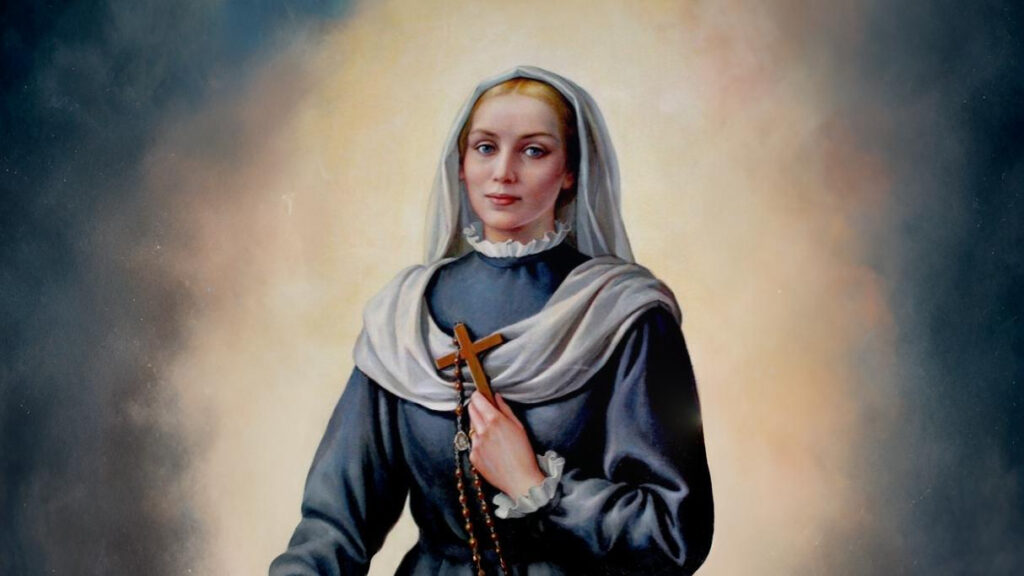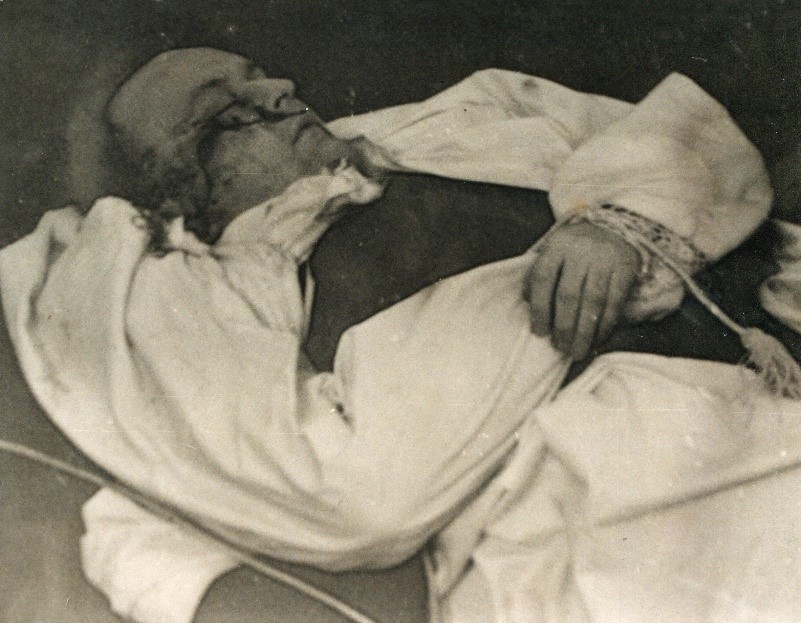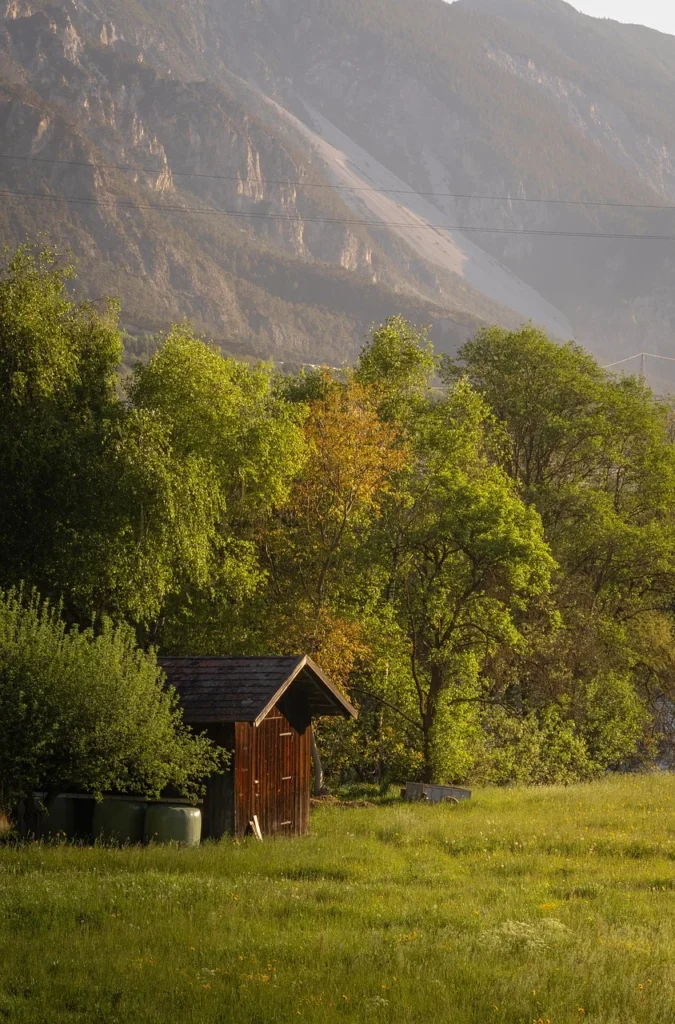Saint Virginia Centurione, May 21
Widow of Bracelli

Virginia Centurione was born on April 2, 1587, in Genoa, Italy.
Gaspard was a wealthy young man, heir to an illustrious family, but prone to a disorderly life and gambling. From this union, two daughters were born: Lelia and Isabella.
Virginia’s married life was short-lived. Gaspard Bracelli, despite marriage and fatherhood, did not abandon his dissipated lifestyle, even to the point of endangering his own existence. Virginia, with silent patience, prayer, and kind attention, tried to convince her husband to adopt a more moderate course of action. Unfortunately, Gaspard fell ill, but he died a Christian death on June 13, 1607, in Alessandria, assisted by his wife, who had come there to treat him.
Widowed at just 20 years old, Virginia took a vow of perpetual chastity, rejecting opportunities for a second marriage, as her father had suggested. She lived in seclusion in her mother-in-law’s house, dedicating herself to the education and administration of her daughters’ estates and devoting herself to prayer and charity.
In 1610, she felt more clearly the special vocation to “serve God in his poor.” Although she was severely controlled by her father, and without ever neglecting the care of her family, she began to work for the needy. She cared for them directly, distributing half of her own income in alms, or through the charitable institutions of the time.
Once her daughters were conveniently married, Virginia devoted herself entirely to the care of abandoned children, the elderly, and the sick, and to the advancement of the marginalized.
The war between the Republic of Genoa and the Duke of Savoy, supported by France, sowing unemployment and hunger, led Virginia, in the winter of 1624-1625, to take in, first, about fifteen abandoned young women, and then, as the number of fugitives in the city increased, to take in as many poor people as she could, especially women, providing for their every need.
After the death of her mother-in-law in August 1625, she not only began to take in young women who arrived spontaneously, but she herself traveled around the city, especially in the most notorious neighborhoods, looking for the most needy and those at risk of corruption.
To address the growing poverty, she founded the One Hundred Ladies of Mercy, Protectors of the Poor of Jesus Christ, an association that, in conjunction with the local organization of the “Eight Ladies of Mercy,” had the specific task of directly verifying the needs of the poor, especially the severely poor, through home visits.
Intensifying her efforts to welcome young women, especially during the plague and famine of 1629-1630, Virginia was forced to rent the empty convent of Montecalvario, where she moved on April 14, 1631, with her guests, placing them under the protection of Our Lady of Refuge. Three years later, the Work already had three houses housing nearly 300 guests. For this reason, Virginia deemed it appropriate to request official recognition from the Senate of the Republic, which granted it on December 13, 1635.
The nuns sheltered by Our Lady of Refuge became, for the Saint, her “daughters” par excellence, with whom she shared food and clothing, taught them catechism, and trained them in work so they could earn their own living.
Intending to give the work its own headquarters, after having rejected the purchase of Montecalvario due to its high price, she purchased two adjoining houses on the hill of Carignano, which, with the construction of a new wing and the church dedicated to Our Lady of Refuge, became the mother house of the Work.
The spirit that animated the Institution founded by Virginia Bracelli was clearly present in the Rule written between 1644 and 1650. It establishes that all the houses constitute the sole Work of Our Lady of Refuge, under the direction and administration of the Protectors (noble laymen appointed by the Senate of the Republic); it reaffirms the division between the “daughters” in habit and “daughters” without habit; but all must live—even if they do not have vows—like the most observant nuns, in obedience and poverty, working and praying; in addition, they must be willing to go to serve in public hospitals, as if bound by a vow.
Over time, the Work would develop into two religious congregations: the Sisters of Our Lady of Refuge of Mount Calvary and the Daughters of Our Lady of Mount Calvary.
After the appointment of the Protectors (on July 3, 1641), who were considered the true superiors of the Work, Virginia Bracelli no longer wanted to interfere in the governance of the house: she submitted to their will and followed their instructions, even in the acceptance of any young woman in need. Virginia lived like the last of her “daughters,” dedicated to the service of the house: she went out morning and evening to beg to earn a living for the entire household. She cared for everyone like a mother, especially the sick, offering them the most humble services.
In the preceding years, she had already begun a healing social action aimed at curing the roots of the illness and preventing relapses: the sick and disabled were to be admitted to appropriate centers; Useful men had to be initiated into work; women had to be trained on looms and in sewing and tailoring; and children were required to attend school.
As activities grew and efforts were redoubled, Virginia saw the number of collaborators around her dwindle, especially bourgeois and aristocratic women, who feared compromising their reputations by dealing with corrupt people and following a leader who, although noble and holy, seemed somewhat reckless in her undertakings.
Abandoned by the Auxiliaries, effectively disavowed by the Protectors in the governance of her Work, and occupying the lowest place among the sisters in the house of Carignano, while her physical health was rapidly failing, Virginia seemed to find new strength in moral solitude.
On March 25, 1637, she succeeded in having the Republic adopt the Virgin Mary as its protector. She insistently pleaded with the Archbishop of the city for the institution of the Forty Hours, which began in Genoa toward the end of 1642, and for the preaching of popular missions (1643). She intervened to smooth over the frequent and bloody rivalries that, for trivial reasons, arose between noble families and knights. In 1647, she obtained reconciliation between the archiepiscopal Curia and the Government of the Republic, which were fighting each other purely for reasons of prestige. Never losing sight of the most abandoned, she was always available, regardless of social rank, to anyone who came to her for help.
Enriched by the Lord with ecstasies, visions, interior locutions, and other special mystical gifts, she surrendered her spirit to the Lord on December 15, 1651, at the age of 64. The Supreme Pontiff John Paul II proclaimed her Blessed on the occasion of his apostolic visit to Genoa on September 22, 1985.
She was canonized on Sunday, May 18, 2003, by Pope John Paul II.
Related

Governance at the Service of the Charism: Keys to Sustainable Ecclesial Renewal
Exaudi Staff
21 May, 2025
3 min

Poland: Don Streich, another victim of communism, will be beatified
Wlodzimierz Redzioch
21 May, 2025
6 min

Surrogacy: Spain Tightens Registration of Births Performed Abroad
Irene Vargas
20 May, 2025
3 min

Reflection by Bishop Enrique Díaz: New Heavens and a New Earth
Enrique Díaz
18 May, 2025
5 min
 (EN)
(EN)
 (ES)
(ES)
 (IT)
(IT)

